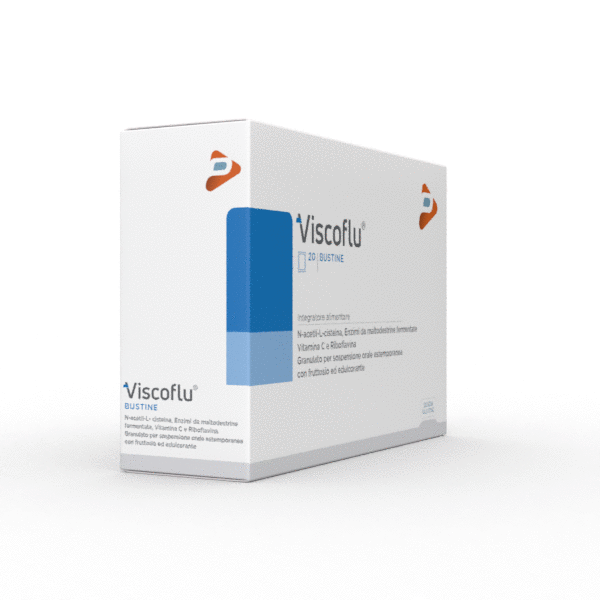Acute, persistent or chronic, cough – one of the most frequent symptoms in pediatric age is an act of physiological defense aimed at keeping the airways free from secretions and foreign material, preventing external agents from reaching the deepest levels of the respiratory system. In most cases, especially in winter, it is an acute cough, the result of a respiratory infection often of viral origin, so it is a passing phenomenon destined to be resolved in a few days. Other times, on the other hand, it is an indicator of infections such as rhinosinusitis and pneumonia, or it may suggest pathologies such as whooping cough, recurrent respiratory infections, protracted bacterial bronchitis or bronchial asthma. This is why it is essential to formulate an accurate and timely diagnosis that helps to understand the nature of the cough in order to be able to undertake the correct therapy in cases where the need is highlighted.
And in the adult?
Even in adults, different types of cough can appear, a symptom of very different diseases. The cough receptors, in fact, are located both in the paranasal sinuses and in the pharynx, the tympanum and the distal part of the esophagus. In the case of fat cough, catarrhal inflammatory material is present in the bronchi and lungs, while dry cough is generally caused by accidental inhalation of irritating substances or foreign bodies. The cough is from laryngitis if it has a barking tone, from tracheitis when accompanied by retrosternal pain, from bronchial asthma if wheezing, but it can also originate from gastroesophageal reflux. Other types of cough are the inane one when there is material to be expelled but the respiratory muscles are too weak, and that defined as iatrogenic or triggered by the assumption of certain types of drugs.
What to do
When the cough, after consulting the doctor, is a clear consequence of colds, it is possible to counteract the symptoms with the help of readily available preparations. For example, those in sachets for oral suspension are preferable if enriched with vitamin C, which promotes the normal function of the immune system, and Riboflavin for the maintenance of normal mucous membranes at the level of the respiratory tract.


